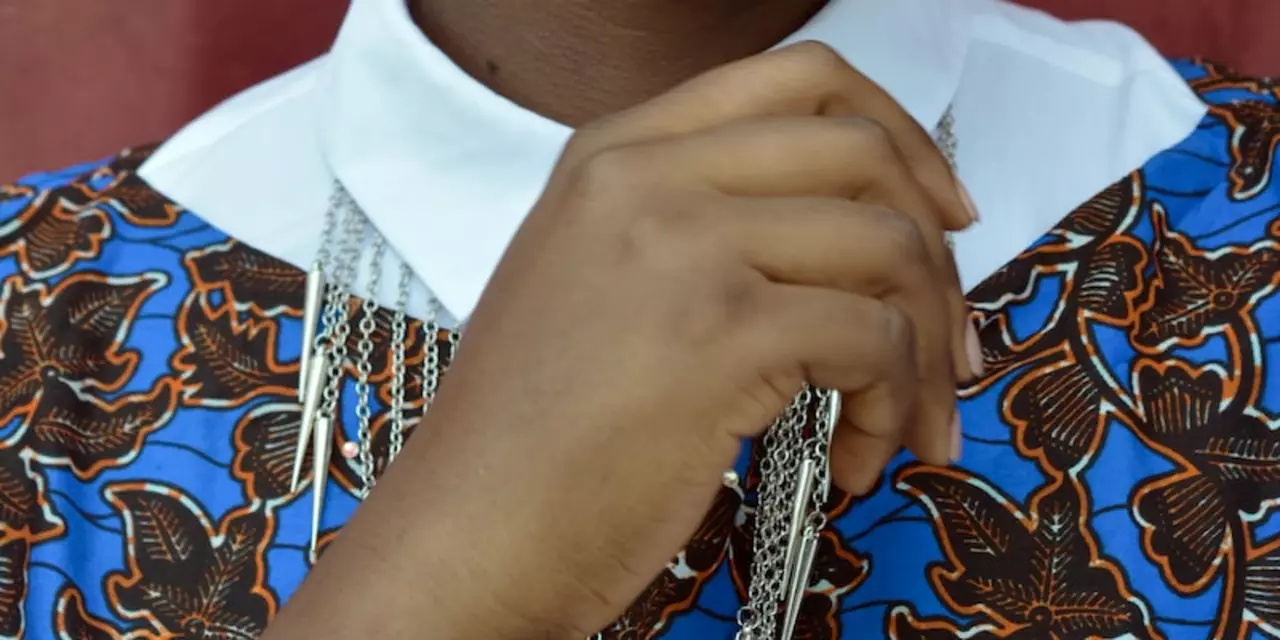Music Genres and Styles – Explore Every Sound
Ever wonder why some songs make you dance while others calm your mind? It all comes down to genre and style. Knowing the difference helps you pick the right track for any mood and gives you a backstage pass to music history. On this page we’ll break down the basics, show why categories matter, and point you toward the next genre you might love.
Why Knowing Genres Matters
Genres are like folders on your computer – they keep similar songs together so you can find them fast. When you search for “trap music” you instantly get tracks with heavy 808 bass, fast hi‑hats, and gritty lyrics. That same logic works for folk, jazz, rock, and even the unique sounds of Manchuria. Understanding these groups also helps you talk with other fans. Instead of saying “I like music,” you can say “I love the minimalist vibes of lo‑fi beats.” It’s a quick way to connect.
Beyond conversation, genre knowledge improves your listening skills. By noticing the drum pattern in a trap beat or the pentatonic scales in a Manchu folk song, you train your ear to pick up subtle details. Those details turn casual listening into an active experience. Plus, streaming services use genre tags to suggest new tracks, so the more precise you are, the better the recommendations.
Spotlight: Trap Music and Other Hot Styles
One of the most talked‑about styles today is trap music. Originating in the southern United States in the early 2000s, trap blends hip‑hop verses with aggressive, bass‑driven production. Think of the deep rumble of an 808 kick, rapid hi‑hat rolls, and lyrics that paint a gritty picture of street life. Artists like Migos, Future, and Cardi B have turned trap into a global phenomenon, and you’ll hear it in clubs, movies, and TikTok videos.
Our community recently asked, “What is this style of music called?” and the answer was trap. The same question can pop up for other styles – for example, a listener might hear a fast‑paced, violin‑rich track and wonder if it’s “Mongolian throat singing” or “Korean pansori.” By spotting key instruments or production tricks, you can often name a genre on the spot.
Besides trap, there are dozens of other styles worth checking out. Manchurian folk music, for instance, uses the dombra and distinct vocal ornamentation that tells stories of the steppe. If you’re into electronic vibes, synth‑wave offers retro‑futuristic sounds straight out of 80s movies. Jazz lovers can explore bebop’s rapid chords, while metal fans might dive into the complex riffs of progressive metal. Each genre has a short history, a set of common instruments, and a typical mood.
Ready to explore? Start by picking a genre you’ve never heard before, press play on a curated playlist, and notice what stands out – the rhythm, the melody, the lyrics. Jot down one thing you love about it, then try a related style. Over time you’ll build a personal map of music that’s more detailed than any algorithm can guess.
Manchurian Music Hub makes that journey easy. Our library groups tracks by genre, era, and region, letting you jump from traditional drum songs to modern pop in a click. Use the filters, read short descriptions, and share your favorites with friends. The more you explore, the more you’ll understand why music feels so universal yet so personal.
So, next time someone asks what a song sounds like, you’ll have a ready answer, and you’ll know exactly where to go for the next great listen.
This article discusses the popular music genre known as "Trap Music". It is a subgenre of hip-hop that originated in the southern United States in the early 2000s. Trap music is characterized by its heavy use of 808-style basslines, unique drum patterns and dark, aggressive lyrics. It is often associated with trap artists such as Migos and Future. Trap music has become increasingly popular in recent years and is now widely heard in clubs, radio and television. It is also often used in film and television soundtracks.
Read more





